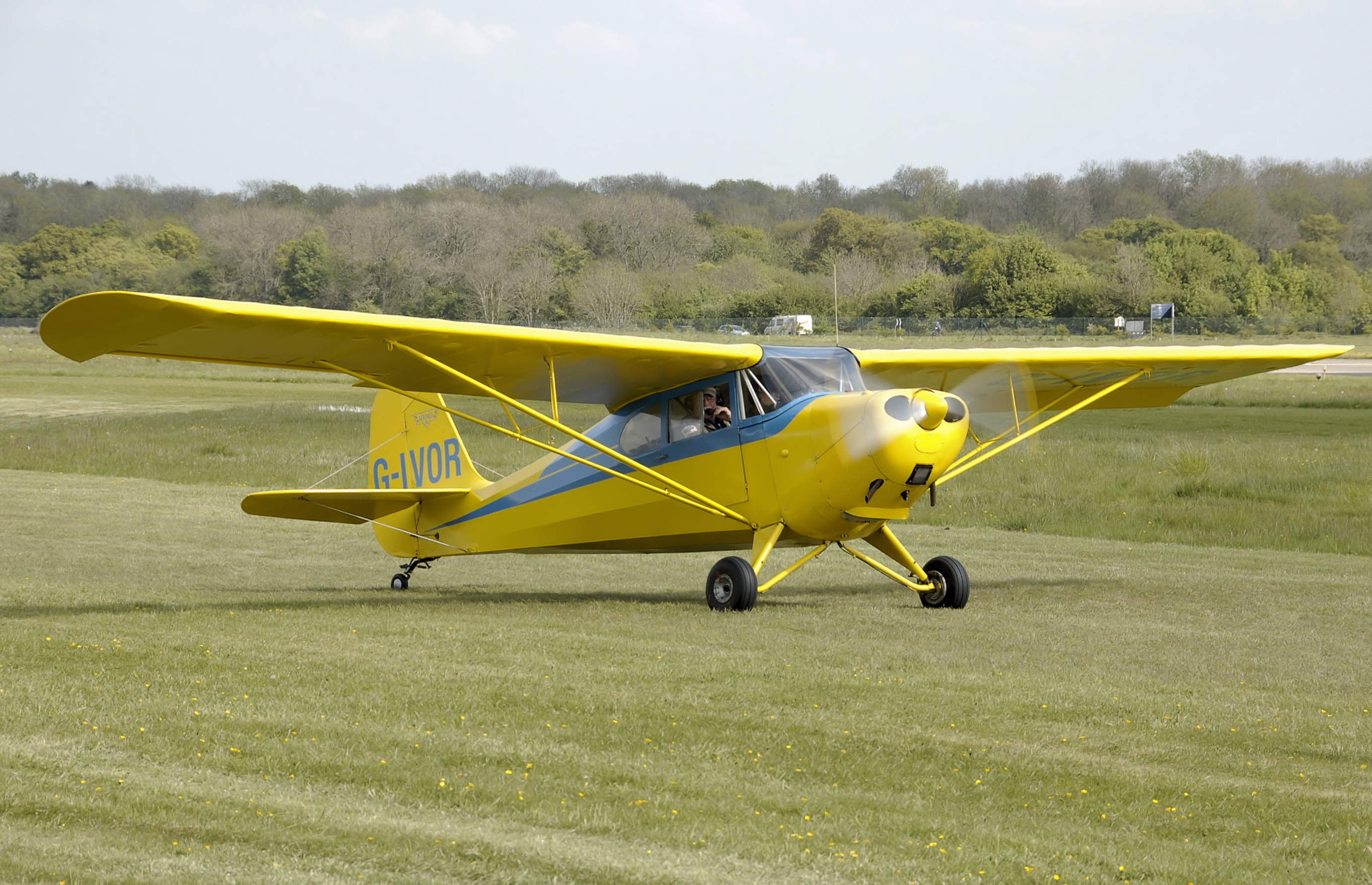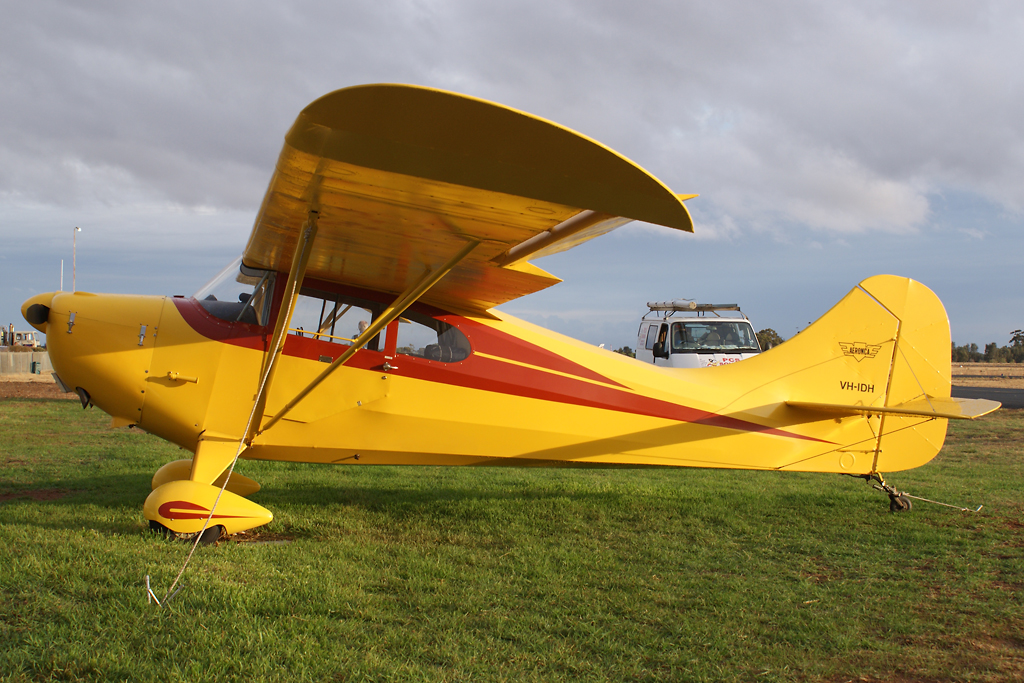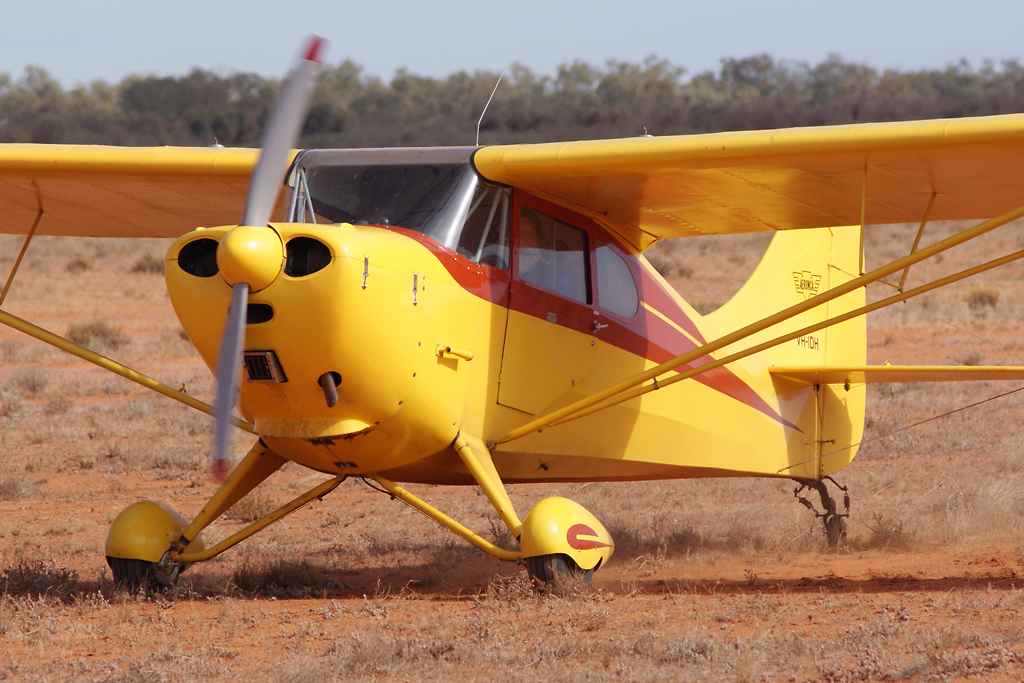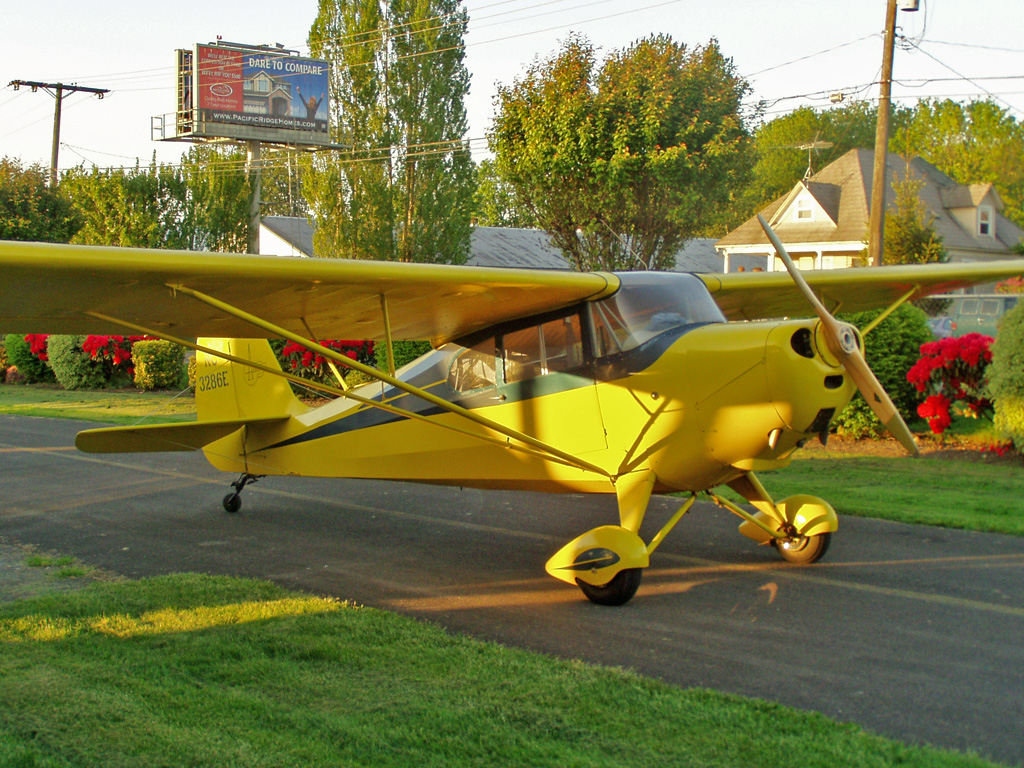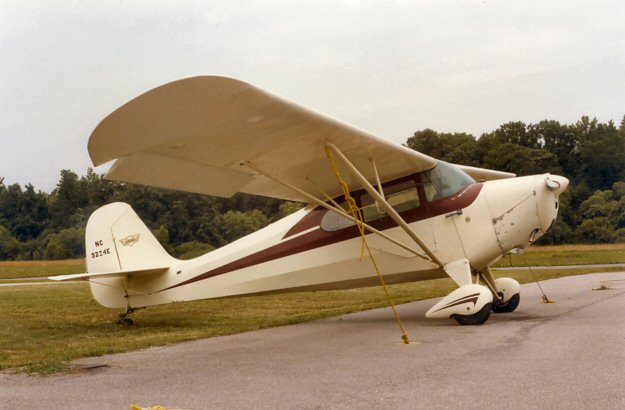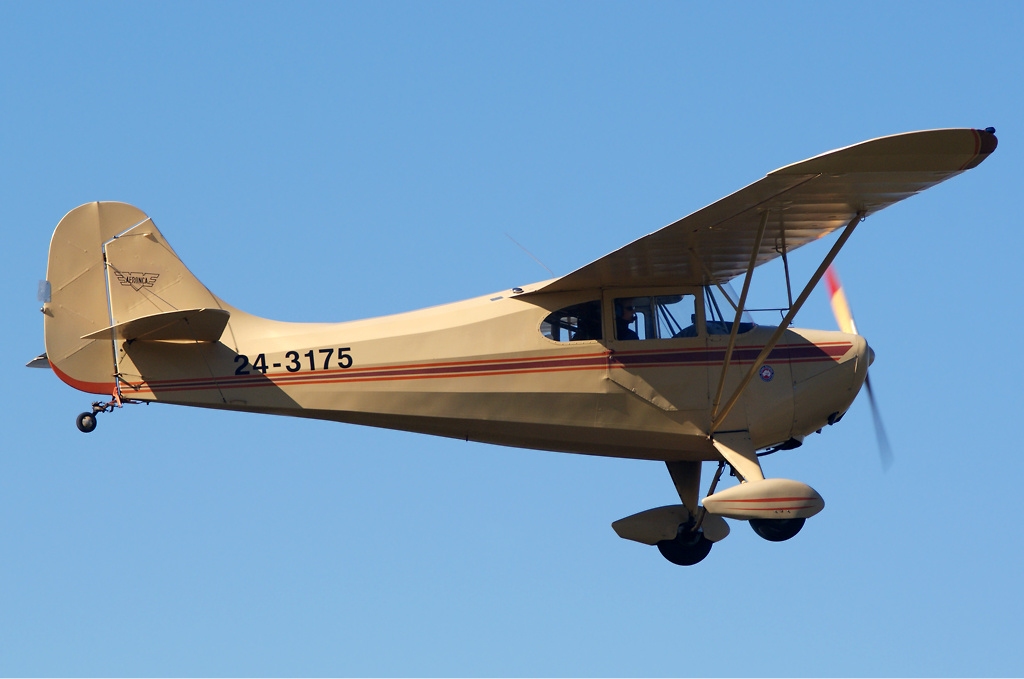
Aeronca 11 Chief
- CountryUnited States of America
- TypeTwo seat light aircraft
- PowerplantsOne 48kW (65hp) Continental A-65-8F (11AC), or 63kW (85hp) Continental C-85-8F (11BC/CC), or 67kW (90hp) Continental C-90 (HUL-26).
- PerformanceMax speed 169km/h (91kt) for the 11AC, 177km/h (96kt) for the 11BC/CC, cruising speed 153km/h (83kt) for the 11AC, 161km/h (87kt) for the 11BC. Service ceiling 10,800ft for the 11AC, 14,500ft for the 11CC. Max initial rate of climb 152m (500ft)/min for the 11AC, 198m (650ft)/min for the 11CC. Range 531km (287nm) for the 11AC, 595km (322nm) for the 11CC.
- WeightsEmpty 329-340kg (725-750lb) for the 11AC, 372kg (820lb) for the 11CC. Max loaded 567-612kg (1250-1350lb) for the 11AC, 612kg (1350lb) for the 11CC.
- DimentionsWing span 11.00m (36ft 1in), length 6.35m (20ft 10in), height 2.08m (6ft 10in). Wing area 16.3m2 (175.5sq ft).
- CapacityAccommodation for pilot and passenger side by side.
- Production2325 Chiefs built between 1946 and 1951 (including 1867 11AC, 181 11BC, and 277 11CC) plus 154 Pushpaks built between 1958 and 1968.
Ray Hermes envisioned the Aeronca 11 Chief and came into development at the same time as the tandem seat Model 7 Champion, but design features included a wider cabin that enabled side by side seating. Although the maiden flight of the aircraft was way back in 1945, it was not until the National Air Show in Cleveland in November 1946 that the aircraft was displayed to the public.
Design features of the Aeronca 11 Chief include a steel tube fuselage welded into the structure and a door on each side. Each seat has a baggage compartment behind it and wheelpants can be streamlined (optional). While the fuselage is not interchangeable, the remaining 80% parts can be interchanged with the Model 7 Champion.
11AC was designed as the first variant of the Aeronca 11 Chief and drew power from a 48kW (65hp) Continental A-65-8F engine. It was issued a Type Certificate on September 28, 1945.
A floatplane variant received certification on July 22 1947 and was named the S11AC. The aircraft was sold as the standard variant or a deluxe variant with a scout variant being a late addition. The scout was meant for trainee pilots.
The S11BC variant was intended as a float plane while the 11 BC was driven by a more powerful 63kW (85hp) Continental C-85-8F engine and was equipped with a large dorsal fin. These models received certification in August 1947 and September 1948 respectively.
Another variant was the 11CC Super Chief certified in May, 1948 which featured identical Continental C-85 engine but was equipped with m ore space, significant improvement in style design, luxury equipments and other design improvements. The floatplane variant known as the S11CC received certification in October 1948.
However, beginning 1951, Aeronca stopped producing the light aircraft because of a lack of profits and also because they needed t fulfil pending bulk orders triggered by the Korean War.
The rights for the 11 model variant was acquired by E.J.Trytek but they licensed it to India where it was produced as the Hindustan HUL-26 Pushpak with a 67kW (90hp) Continental C-90 engine. It flew for the first time on September 28 1958, and went into production till 1968. 154 planes were used mainly by flying clubs in India.
Later, Bellanca also acquired the certificate for the 11 model and used it as a base model for development of a new trainer aircraft. Bellanca developed the 11AC standard and tested it comprehensively before withdrawing and stopping further improved designs.
